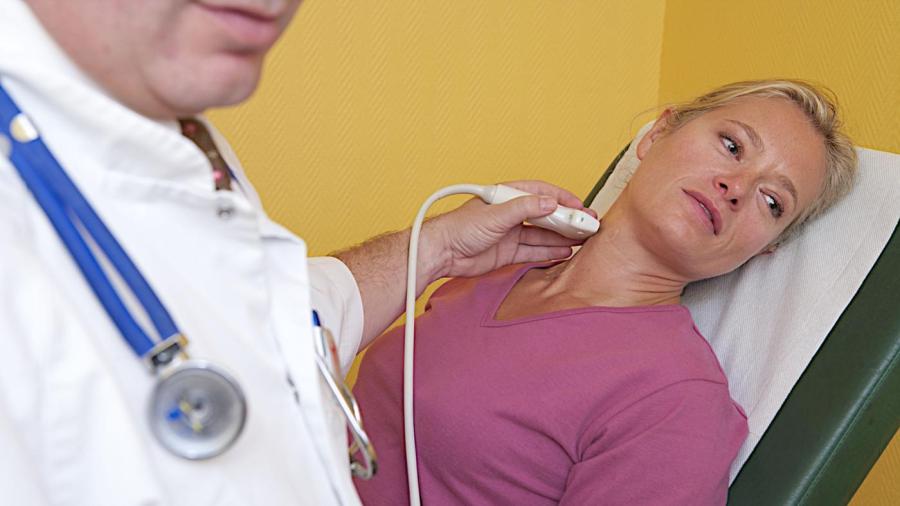What Are the Signs and Symptoms of a Blocked Carotid Artery?

According to the Mayo Clinic, in the early stages of carotid artery disease there are often no symptoms of a blocked carotid artery. Later stages of the disease may cause a stroke, which results in numbness in the face and limbs, dizziness, difficulty speaking, vision trouble and a severe headache.
According to the National Institutes of Health, a doctor may check the carotid arteries during an examination using a stethoscope. He listens for a whooshing sound, which is a strong indication of blood flow obstruction due to a build up of plaque. Additional tests may be needed to reach a firm diagnosis. For some people, the first signs of a blocked carotid artery are a mini-stroke, also known as a transient ischemic attack. A mini-stroke is a red flag symptom of an impending serious stroke. Although, the symptoms may pass, this must be taken seriously. It is advisable to get medical treatment as quickly as possible. The NIH advises calling 911 emergency for assistance.
Making healthy lifestyle changes is a way to prevent blocked arteries from causing a stroke, notes the NIH. One helpful change is to reduce high blood pressure and cholesterol by eating healthier foods. Moderate physical exercise is another way to prevent plaque build-up in arteries.





